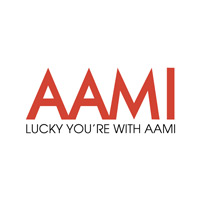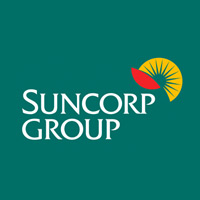Key Takeaways:
- Understand what visual search is and why it matters for modern SEO.
- Learn the platforms and tools driving visual search growth.
- Get actionable strategies to optimise your images and content for visual discovery.
What Is Visual Search?
Visual search allows users to search using images instead of text. Using technologies like Google Lens or Pinterest Lens, people can upload a photo or point their camera at an object, and the platform returns visually similar results.
For businesses, this means that your product photos, infographics, and even website images can become search entry points if they are optimised correctly.
Why Visual Search Is Growing
As smartphone camera use increases and AI tools improve, visual search is becoming more mainstream. It’s particularly valuable for:
- eCommerce: Shoppers use it to find similar items
- Local discovery: Users snap real-world places or products
- Lifestyle content: Pinterest and Instagram are built around visual discovery
Platforms Supporting Visual Search
Key players in this space include:
- Google Lens – Built into the Google app and Chrome
- Pinterest Lens – Widely used for fashion, home decor, and DIY inspiration
- Bing Visual Search – A solid alternative for Microsoft users
- eCommerce apps like ASOS and Amazon also use visual AI tools for image-based recommendations
How to Optimise for Visual Search
1. Use High-Quality, Unique Images
Clear, well-lit and relevant imagery is essential. Avoid overused stock photos and instead showcase your actual products, team, or services.
2. Add Descriptive File Names
Rename files with meaningful names before uploading.
- ✅
blue-cotton-linen-shirt.jpg - ❌
IMG_4782.png
3. Write Effective Alt Text
Alt text isn’t just for accessibility, it also helps search engines understand the content of an image.
- Good alt text: “Flat lay of a blue cotton shirt with white buttons”
4. Use Structured Data Markup
Implement schema markup such as ImageObject, Product, and Recipe to give Google more context. This increases your chances of appearing in image-rich results.
Explore Amire’s SEO services if you need help with structured data.
5. Optimise Image Load Speed
Compress images with tools like TinyPNG or WebP formats. Google rewards fast-loading pages—and slow images hurt your UX.
6. Create Visual Content That Solves Problems
Consider tutorials, product comparisons, infographics and step-by-step guides that are image-heavy. These perform well in both image search and on visual platforms like Pinterest.
Our content marketing experts can help you plan visual-first campaigns tailored to your audience.
Measuring the Impact of Visual Search SEO
Track:
- Traffic from Google Images (via Google Search Console)
- Engagement with image-heavy blog posts or product pages
- Indexed images and performance in PageSpeed Insights
These signals help you assess whether your visual content is discoverable and converting.
Final Thoughts: Visual Search Is the Next SEO Frontier
With visual-first browsing habits on the rise, optimising for visual search is no longer optional. Businesses that invest in image quality, structured data and mobile-friendly design will gain a serious edge.
Want to future-proof your SEO with a visual content strategy? Contact Amire and let our team guide your next move.









